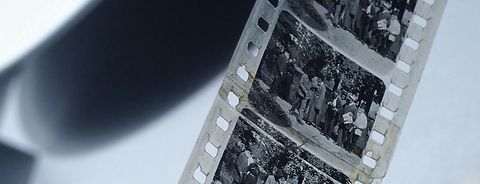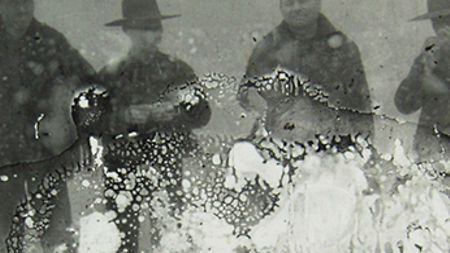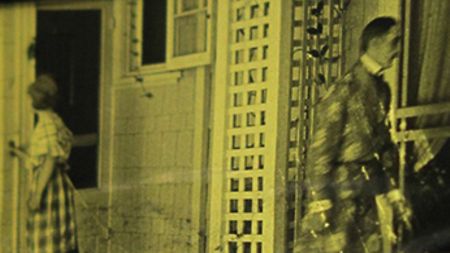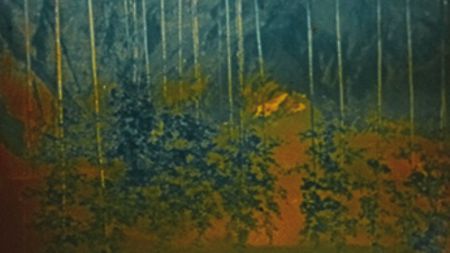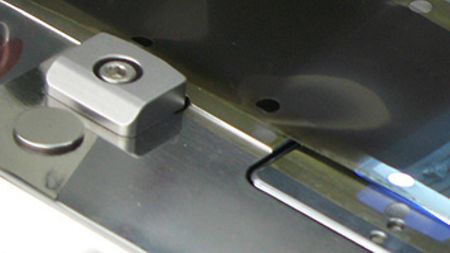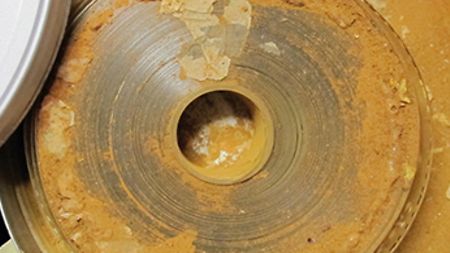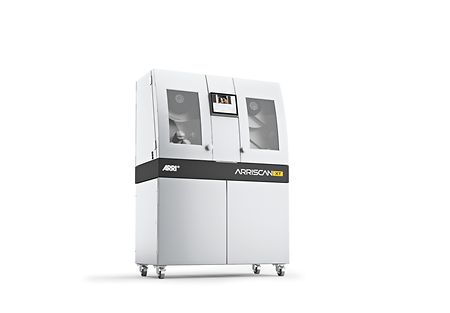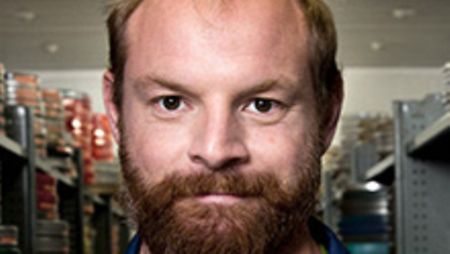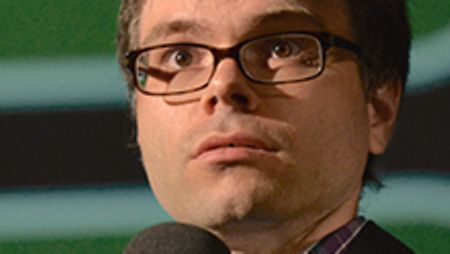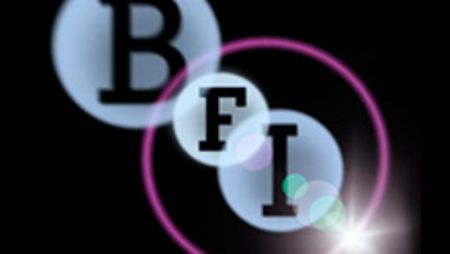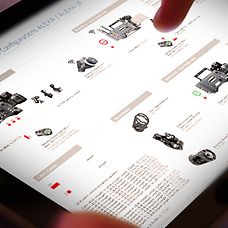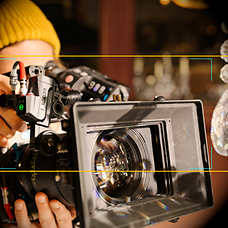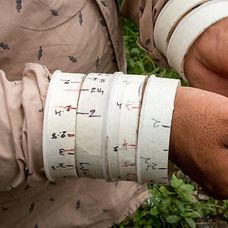A race against time
All around the world, film archives have to deal with the immense amount of film material that has accumulated over the last century, most of which has yet to be digitized to an acceptable standard.
The early years of cinema saw a profusion of short-lived film formats, which complicates matters; worse still is the fact that overuse and poor storage conditions have led to damage of many different types, from torn or missing perforations to scratches, warping and shrinkage of film materials.
In many instances, the struggle to preserve what remains of our collective cinematic heritage is a race against time.
